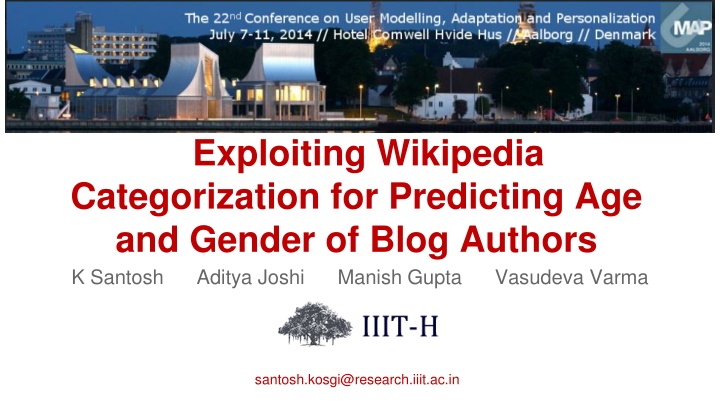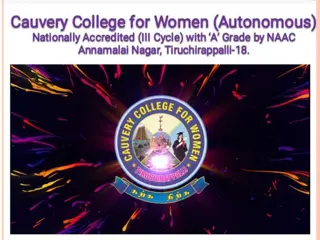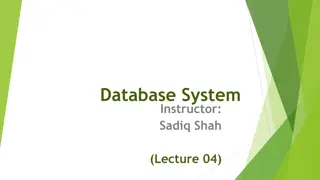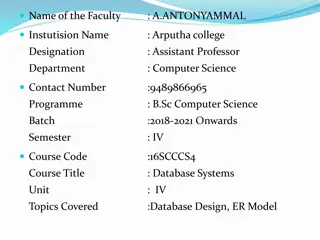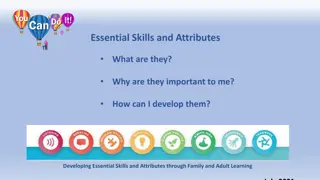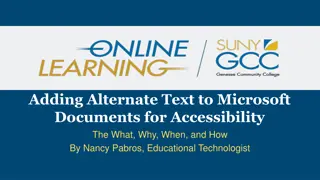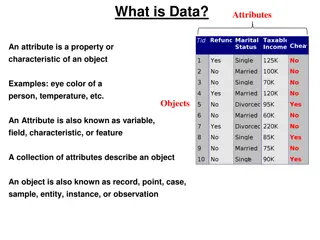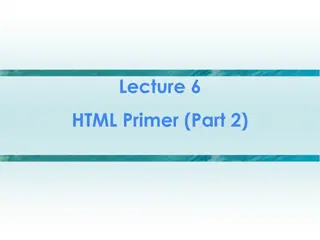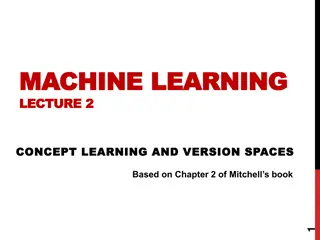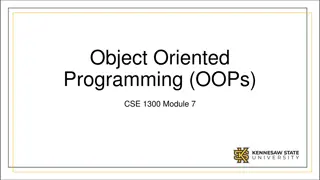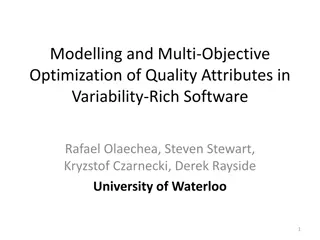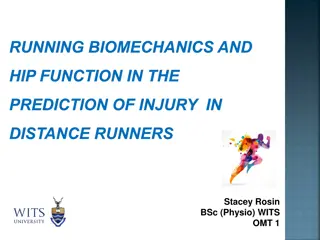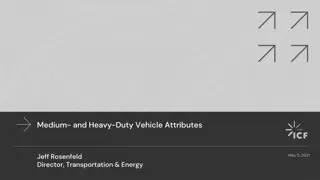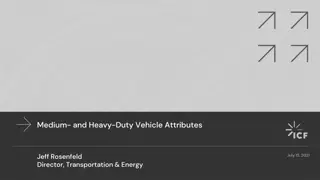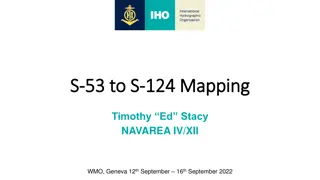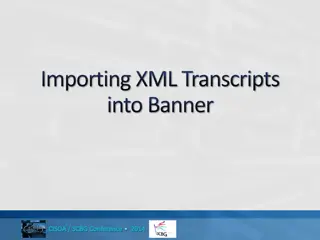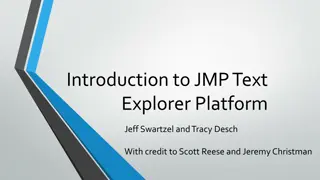Predicting Author Attributes from Text Data
This study explores a method to predict age and gender of blog authors by leveraging Wikipedia categorization. The approach involves enhancing document representation using Wikipedia concepts and their parent categories found in the text. It overcomes drawbacks of previous methods and aims to extract latent user attributes from textual data for various applications such as forensics, marketing, and query expansion.
Download Presentation

Please find below an Image/Link to download the presentation.
The content on the website is provided AS IS for your information and personal use only. It may not be sold, licensed, or shared on other websites without obtaining consent from the author.If you encounter any issues during the download, it is possible that the publisher has removed the file from their server.
You are allowed to download the files provided on this website for personal or commercial use, subject to the condition that they are used lawfully. All files are the property of their respective owners.
The content on the website is provided AS IS for your information and personal use only. It may not be sold, licensed, or shared on other websites without obtaining consent from the author.
E N D
Presentation Transcript
Exploiting Wikipedia Categorization for Predicting Age and Gender of Blog Authors K Santosh Aditya Joshi Manish Gupta Vasudeva Varma santosh.kosgi@research.iiit.ac.in
Real World Problems Age? Personality? Gender? Native Language? Profession? Predicting Latent User Attributes from Text
Why? Forensics : Language as evidence. Marketing : Recommend products. Query Expansion : Suggest queries based on attributes. Mapping different social media profiles of a user : Latent attributes can be used as evidence.
Attributes considered Age? Gender?
Previous Approaches Explored contextual and stylistic differences between different classes. Content based features (word n-grams) and style based features (Parts of Speech n- grams) were used.
Drawbacks Ignored semantic relation between words. Could not handle polysemy.
Our Contributions Enhanced the document representation using two new features. Wikipedia concepts found in the text Parent categories of these Wikipedia concepts
System Overview Test Doc Training Docs Preprocess Preprocess Entity Linking Entity Linking Gender Age Category Extraction Category Extraction Extract Profiles Feature Representation Feature Representation Top K Documents KNN or SVM Model
Semantic Representation of Documents (1) Preprocessing Data o The text from blogs is preprocessed to remove unwanted content. Entity Linking o TAGME is used to find Wikipedia concepts in text. o It uses anchor text found in Wikipedia as spots and pages linked to them in Wikipedia as their possible senses. o Polysemy problem is handled
Semantic Representation of Documents (2) Finding Parent Categories for Wikipedia Concepts o Parent categories of wikipedia concepts up to five levels are extracted. o Wikipedia category network using Wikipedia category corpus is created. o Semantically related words get mapped to the same Wikipedia categories at various levels
Age and Gender Prediction Two Machine Learning classification models used K Nearest Neighbour (KNN). Support Vector Machines (SVM).
Dataset Datasets used for training and testing are provided by PAN 2013. Datasets are available at link
KNN Boost factor for each field c is learnt using AccWith boost = c c AccWithout c
KNN Figures on the previous slide show that each of the features are important for the prediction task. On validation data, we obtained best accuracy at k=5 for gender prediction and k=7 for age prediction. Hence, these values of k are used for testing.
SVM Along with Wikipedia concepts and categories found in text, the following features are also used o Content based features: n-gram words upto tri- grams are used. o Style features: POS n-gram upto tri-grams are used.
Results Features Classifier Gender Age Wikipedia semantic KNN 56.42 61.38 Wikipedia semantic SVM 56.61 61.85 Word n-grams SVM 53.21 56.79 POS n-grams SVM 54.56 57.37 Wikipedia semantic + Word n-grams SVM 57.27 62.67 Wikipedia semantic + POS n-grams SVM 58.39 63.29 Wikipedia semantic + Word n-grams + POS n-grams SVM 62.12 66.51 Meina et al. Random Forests 59.21 64.91
Conclusion Document representation is leveraged using Wikipedia concepts and category information Experimental results show that the proposed approach beats the best approach for a similar task at CLEF 2013.
Conclusion By enhancing the entity linking part of the proposed system, overall accuracy of the age and gender prediction can be further improved.
